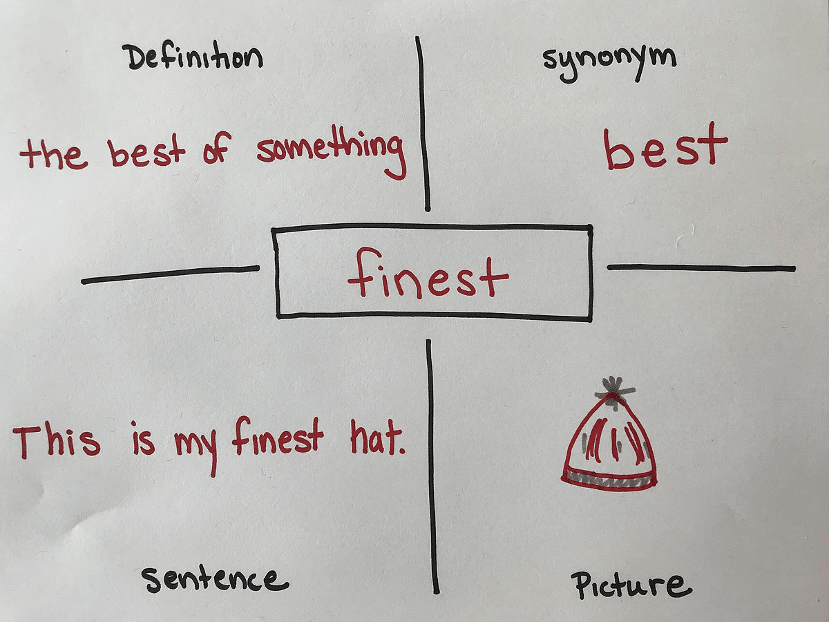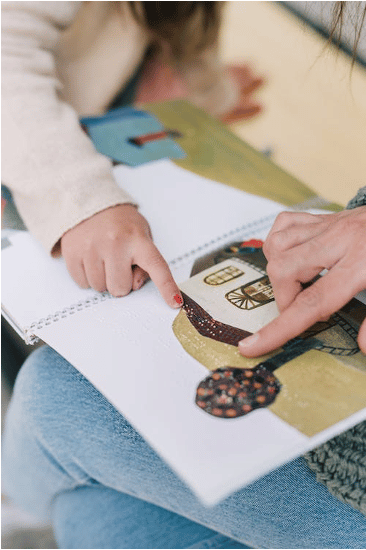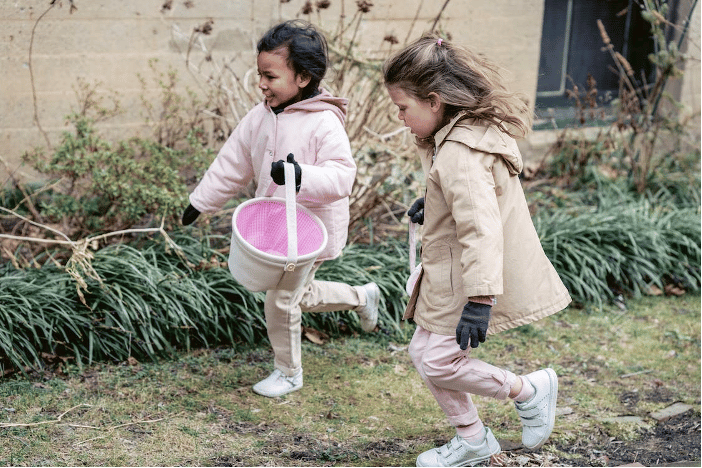What Is a Word Map?
Who doesn’t love a treasure map?
Even as adults, many of us can remember drafting up a map on looseleaf paper and excavating a neighbor’s yard, a local park, or maybe just a bedroom.
With word mapping, parents and educators can utilize the magic of a treasure map. By framing new words as treasures waiting to be found, reading becomes 10x more exciting - and infinitely more rewarding. Read on to learn more about the magic of word maps, followed by ways to incorporate this strategy into daily reading lessons.

What is a word map?
A word map is a process used to break a new word into its phonemes for clear understanding.
A quick refresher: a phoneme is simply an individual unit of sound in a word. Graphemes are the individual letters or letter units that correspond to phonemes.
To complete a traditional word map, a reader needs to:
- Speak the word aloud to hear and “feel” the phonemes, as well as to clarify the word’s meaning
- Break the word down into its phonemes (orally)
- Write down the graphemes that correspond to each sound in the word
- Write the entire word down!
Follow these four steps, and voilà: you’ve just mapped a word.
How to use word maps
If you’re knee-deep in the research on word maps, you probably already know this: there are lots of ways to approach word mapping!
While many teachers rely on the four-step process outlined above, others define word maps more broadly. In general, a word map is any visual aid that helps students make connections between new vocabulary words, synonyms, and real-world applications of the new words.
For example: some reading teachers use a four-corner word map with one of the following details in each corner:
- The student’s definition of the word
- Synonyms of the word
- A meaningful use of the word in a sentence
- The student’s drawing of the word!
This word mapping strategy doesn’t require that students break down words into their phonemes, which may be more appropriate depending on the needs and goals of your students.

An example word map. Image Source
Word mapping activities
Like so many reading activities, we recognize that mapping can be trickier in practice!
While the science of reading supports the effectiveness of this strategy, many educators find it challenging to use word maps in ways that feels fun, rewarding, and effective.
If you’re struggling to create the right vocabulary lesson for your students, don’t sweat it. Here are some simple and accessible word mapping activities that can be used both at-home and throughout the school day.
1. Tap it out!
If students are breaking a word down into its phonemes, have them use their fingers to tap the sounds as they speak and/or hear them in a word. Once they’ve segmented the sounds, they can write - or “map” - each grapheme in its corresponding box.
Teachers can create simple worksheets to do this; or, if you’re at home, you can easily practice word mapping with your child using a blank notebook and colorful pencils.
2. Use a phoneme popper.
Whether you have old bubble wrap or one of these trendy fidget popper toys, both can be used for word mapping! As students sound out a word, they first push down on a popper and then write the corresponding grapheme. It’s a playful, hands-on way to introduce students to the concept of word maps.

3. Make word art.
When students are mapping new words, don’t be afraid to summon their creative genius! Drawing each word helps students visualize - and remember - their new vocabulary.
4. Turn new vocabulary into a treasure hunt.
After a long day of school and extracurricular activities, kids may not want to sit down and complete another word map - and that’s okay! On days when sitting still is tough, consider these word treasure hunt activities to get everyone moving:
- Write a new word in chalk on the sidewalk, then have kids find things around the house, apartment, or yard that relate to that word
- Stick a new word on the refrigerator each day, and then make drawings (or take pictures) of things that relate to that word.
With a little bit of creativity, word mapping can be an exciting, versatile way to sprinkle new words - and a hint of magic - into each day.

Take-Aways:
- Word maps are any visual organizers that help readers make connections between new words, synonyms, and how these words show up in sentences (and in real life!).
- Depending on the needs and skills of their students, teachers and parents can use a range of word mapping strategies to introduce new vocabulary.
- Some of our favorite word mapping activities include:
- Tapping it out
- Using phoneme poppers
- Drawing new words
- Creating word treasure hunts
Start Teaching Reading for Free Now!
Access Level 1’s four interactive stories and the accompanying supplemental resources to teach elementary students how to read. No credit card is needed. Join the 42,635 teachers and students using our reading program.
